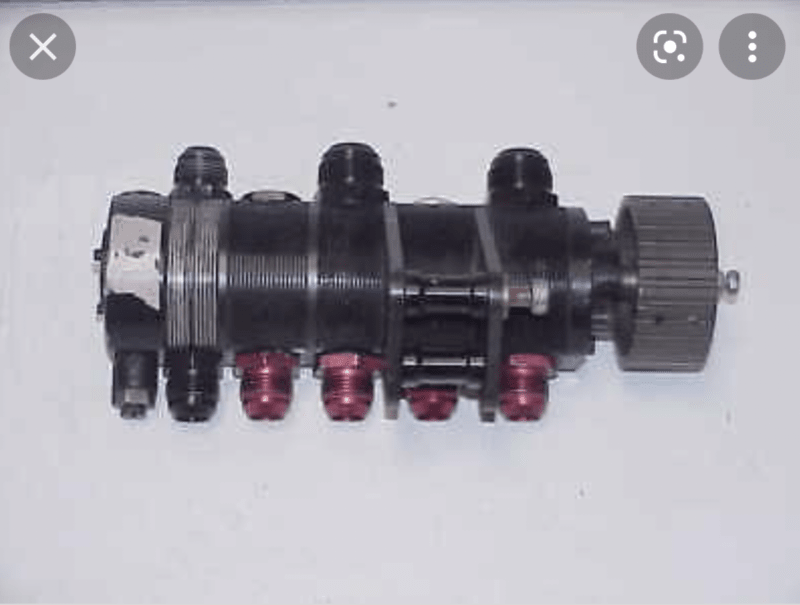"Any endurance race engine"
To me, an endurance race engine is a DOHC 4 cylinder 16 valve with direct valve actuation via buckets that also serve as cam followers, with pressure lubrication supplied to the cam bearings which then splashes out in ample supply to the cam lobes and which also thoroughly soaks and rinses the entire valvetrain in oil.
Not all valvetrain designs are starved for top end oil supply. Or cooling.
So... what engine is this for.
I suspect the real issue is that the top end is short on oil for lubrication, and the cooling is secondary. If the engine is also short on cooling, any cooler in the oil circuit anywhere (e.g. in a supplementary feed to the top end) should help...and it's just an oil cooler, nothing special.

